Commissioned by Claims Conference, created by makemepulse and USC Shoah Foundation, partnered with Meta and UNESCO, ‘Inside Kristallnacht’ immortalises the memories of Holocaust survivor Charlotte Knobloch
As the number of Holocaust survivors continues to decline, a pioneering mixed reality experience is aiming to immortalise their memories and educate future generations about the injustice, persecution and violence they lived through – by recreating a watershed moment in the Holocaust’s history. Co-produced by immersive technology studio makemepulse and USC Shoah Foundation, Inside Kristallnacht uses cutting-edge technology to transport users into the infamous November Pogrom of 1938 – aka ‘The Night of Broken Glass’.
A first-of-its-kind web XR experience that enables VR and interactive web viewing, Inside Kristallnacht launches 86 years after 10,000 Jewish businesses were destroyed, 2,000 synagogues burned down, tens of thousands of homes were wrecked and more than 30,000 Jewish men rounded up and sent to concentration camps across Germany and Austria – a harrowing 24 hours which marked the beginning of the systematic persecution of Jewish communities by the Nazi regime.
Commissioned by The Claims Conference – a nonprofit organisation securing compensation and social welfare services for Holocaust survivors around the world – and supported by Meta and UNESCO, the immersive experience authentically brings the events of November 9-10 1938 to life from the personal perspective of Dr Charlotte Knobloch, a prominent advocate of the Jewish communities in Germany.
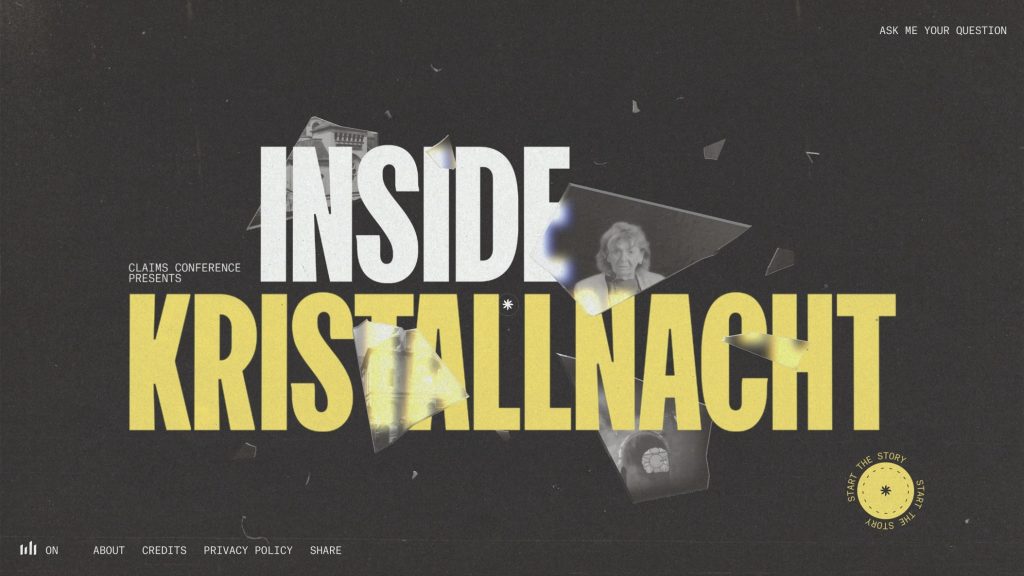
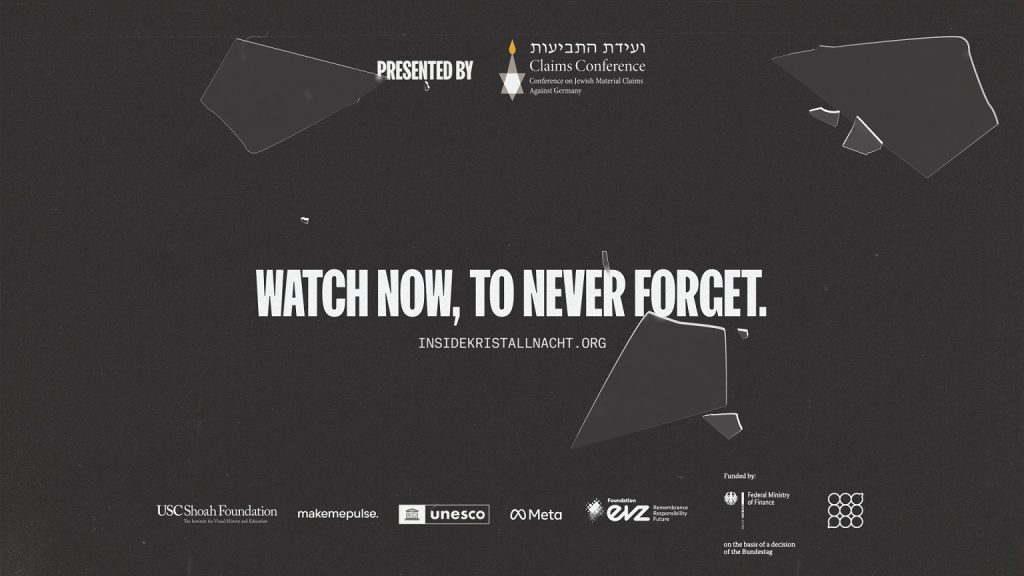
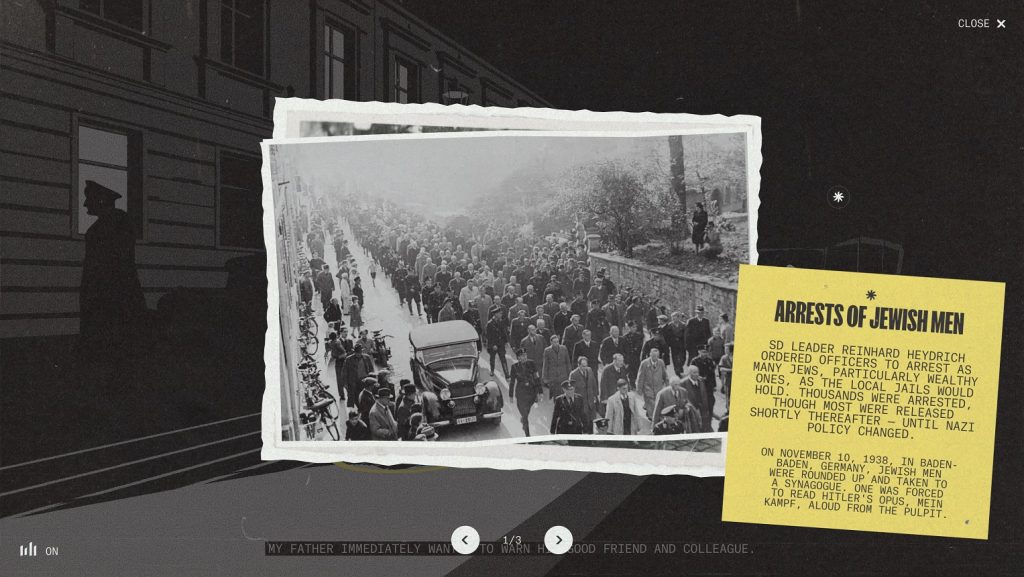
The full experience is around 25 minutes on mobile or desktop: insidekristallnacht.org
A 10 mins shortened walkthrough film is here: https://www.youtube.com/watch?v=W2duDCznHzc
The 25-minute experience, which can be accessed on mobile, desktop or via a VR headset, is led and narrated by 91-year-old Knobloch, who guides users through interactive reconstructions of key spaces and moments in her incredible story. Born in Munich in 1932, Knobloch was just six years old when she witnessed the horrors of neighbours turning on each other and citizens savagely beaten in the street, as the windows of Jewish businesses, homes and synagogues were shattered. Following her father’s arrest by the Nazis, she narrowly escaped deportation herself after being taken in by farmers in Franconia and passed off as their illegitimate daughter until liberation.
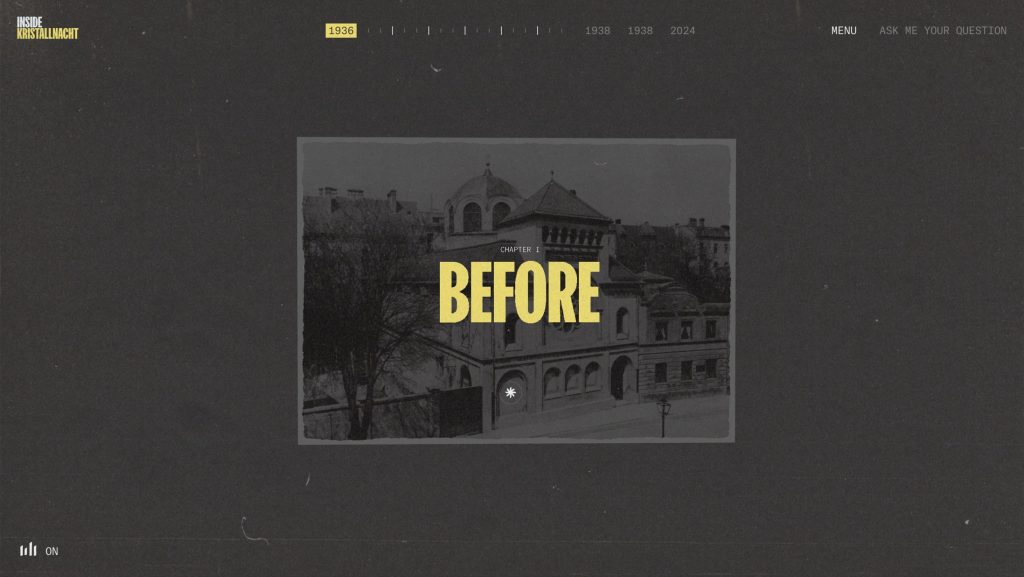
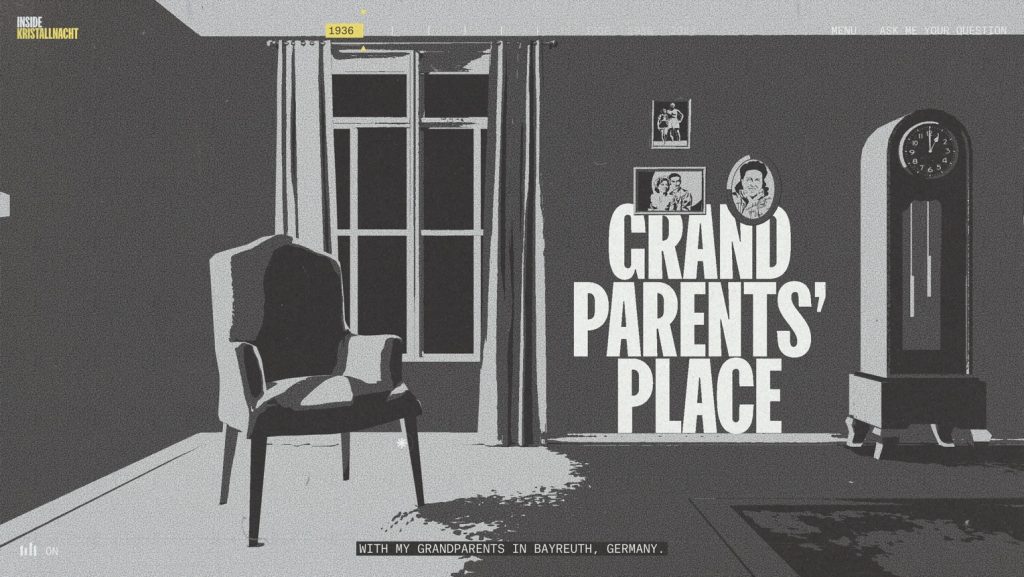
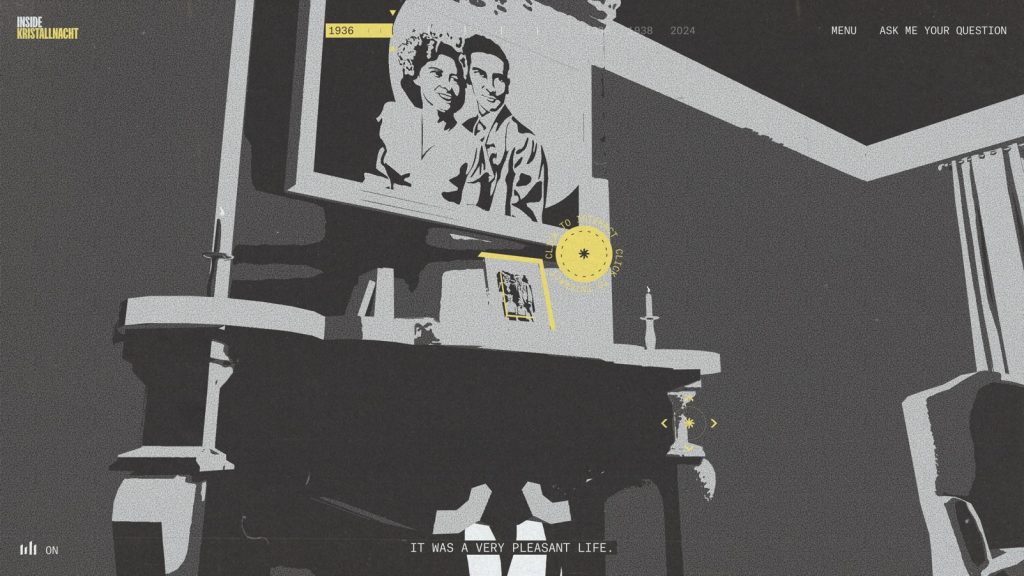
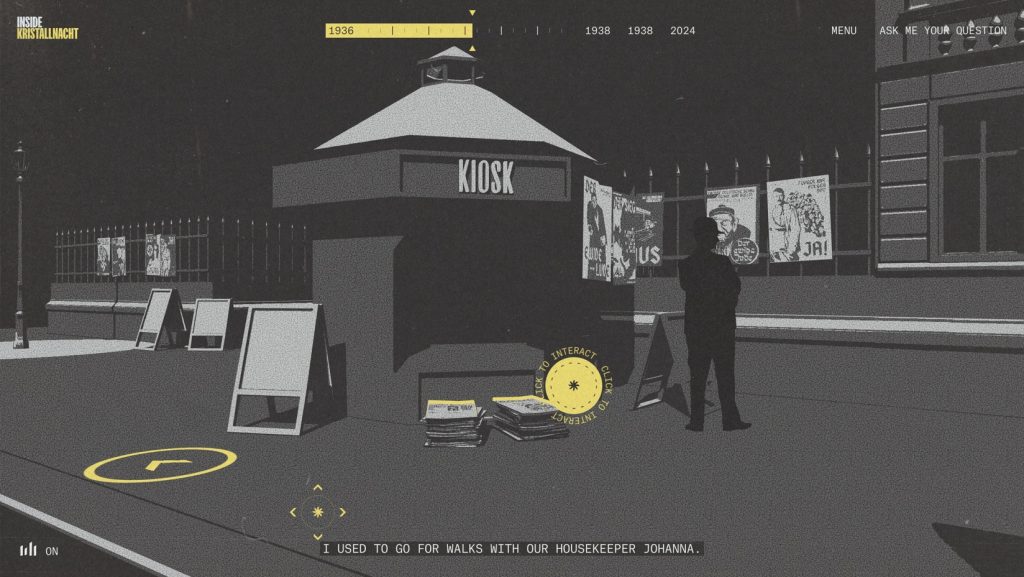
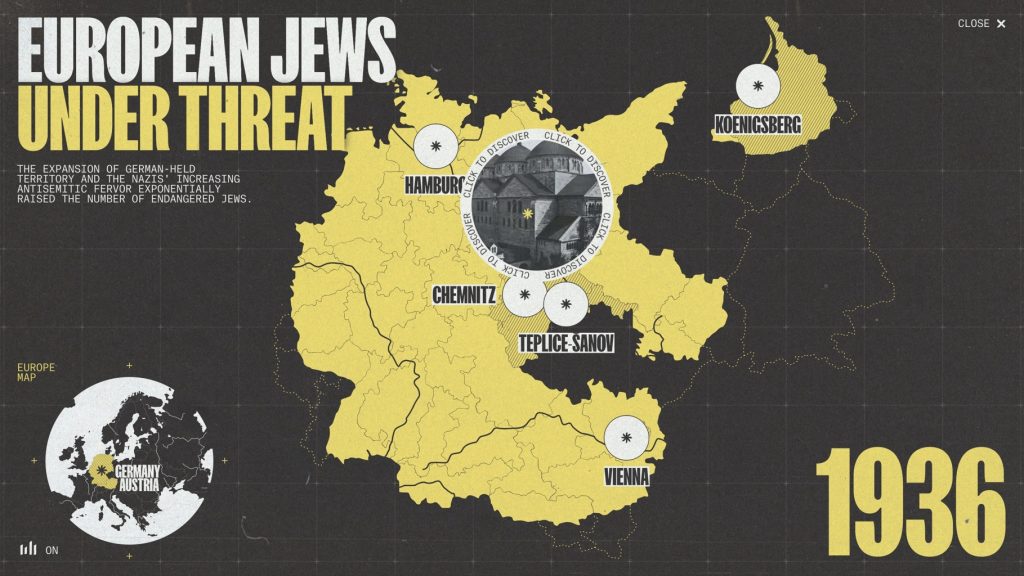
Split into four ‘chapters’, Inside Kristallnacht vividly brings Knobloch’s memories to life through a mixture of live action, hand-drawn animation, AI and archival footage. The overall experience was creative directed by makemepulse and jointly produced together with USC Shoah Foundation – who provided live-action elements including scripts for the story and interview aspects, and filmed the interview with Knobloch. They also researched and supplied archival assets and related copy, and provided guidance on historical accuracies and sensitivities.
Across the first three chapters, key scenes – Knobloch’s grandparents’ apartment where the terrified family await the knock of an SS officer, the news kiosk displaying copies of the infamous Der Sturmer newspaper, city streets plastered with antisemitic propaganda or Munich’s Ohel Jakob synagogue engulfed in flames – are rendered in black-and-white 3D artwork. Accompanied by evocative sound design, the atmospheric graphic style creates an intemporal feeling of being inside Knobloch’s mind, immersing the viewer in her childhood memories.

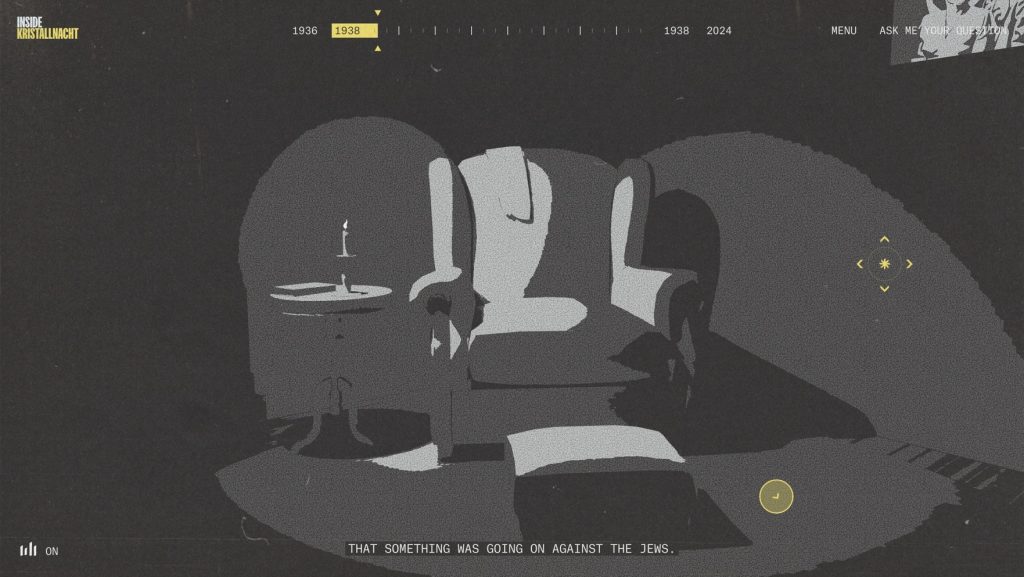
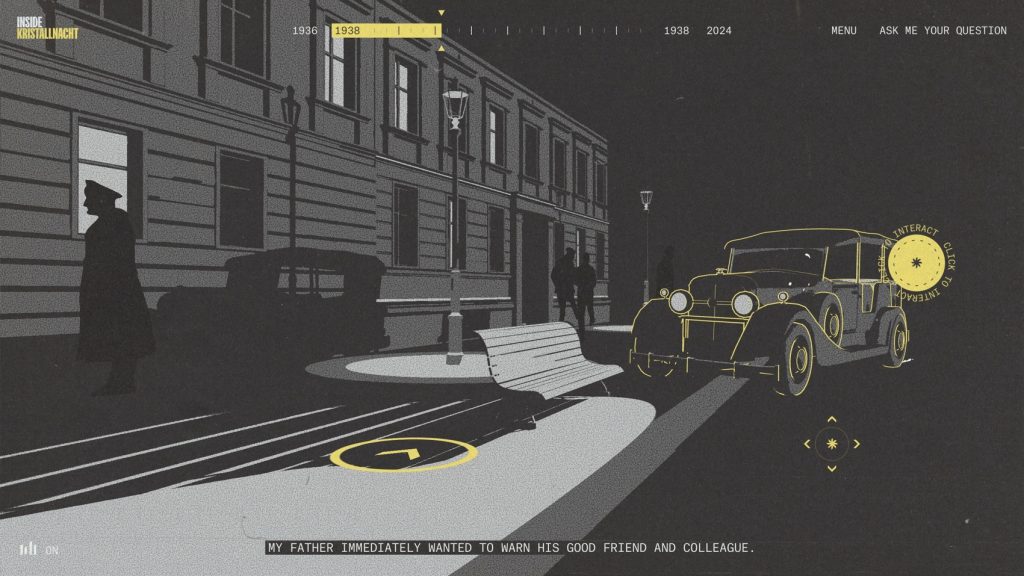
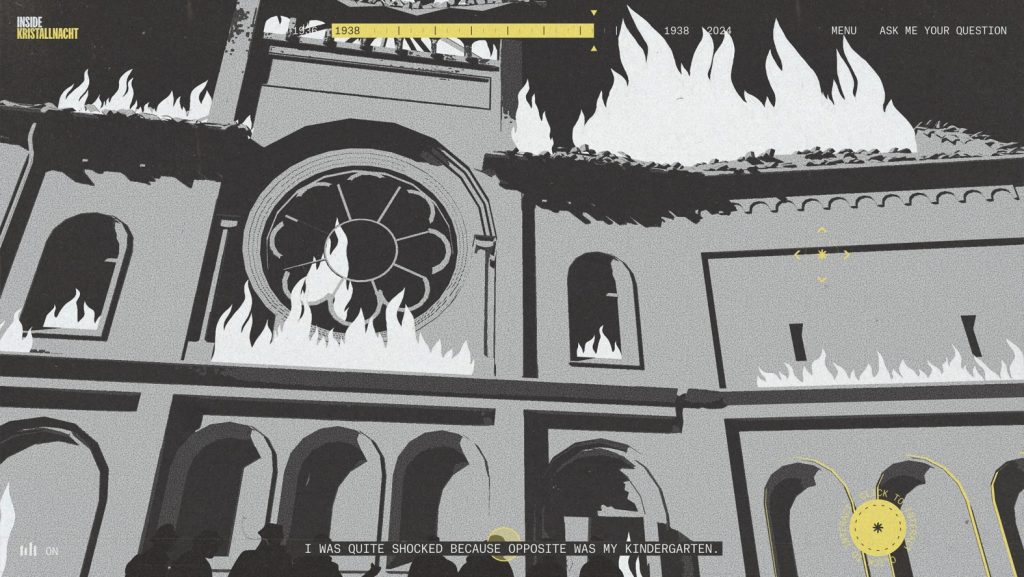
By contrast, the final chapter, ‘Rebuilding’, evokes more positive emotions. It transports users to the current day with an ambitious 360-degree video of the new Ohel Jakob synagogue and cultural centre – a project Knobloch was instrumental in bringing to fruition, as part of her ongoing mission to revive the Jewish community and culture in Germany after the war.
As well as navigating between scenes, users can explore inside individual scenes. By clicking interactive buttons they can access a wealth of additional detail including official statistics, archival photographs, audio footage and documents such as the fake ID cards carried by Jews – all of which add a further layer of authenticity to the experience.

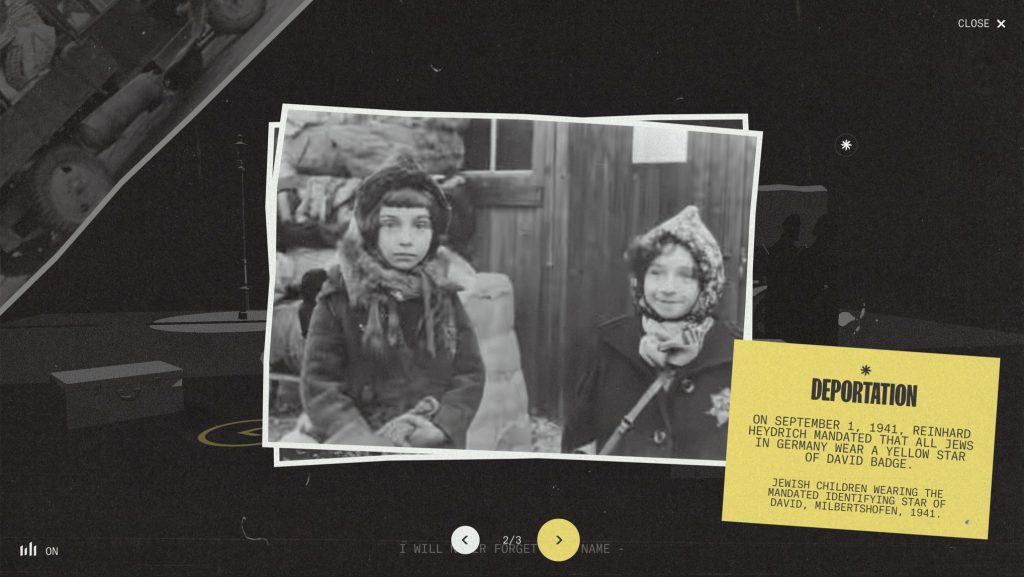
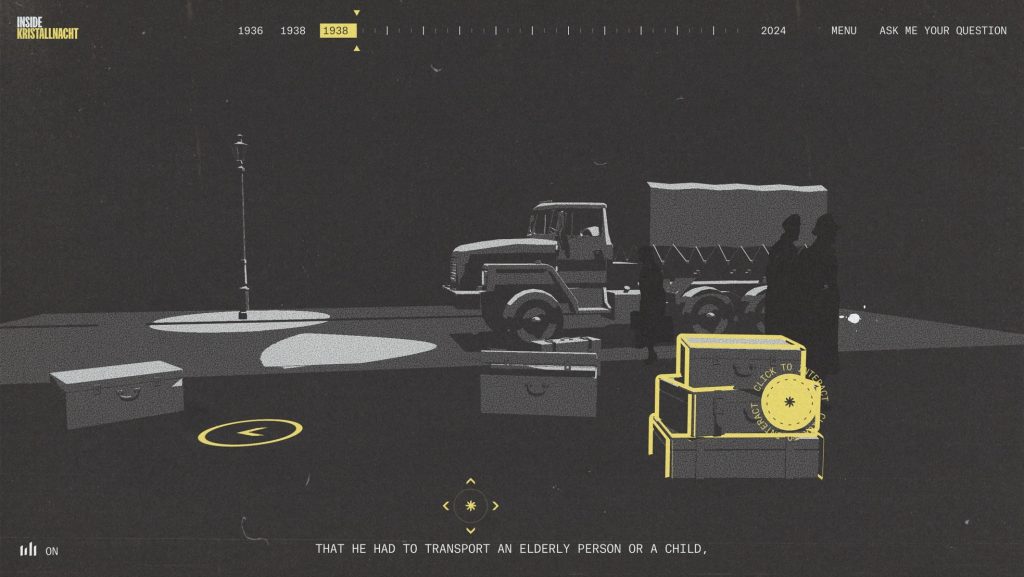
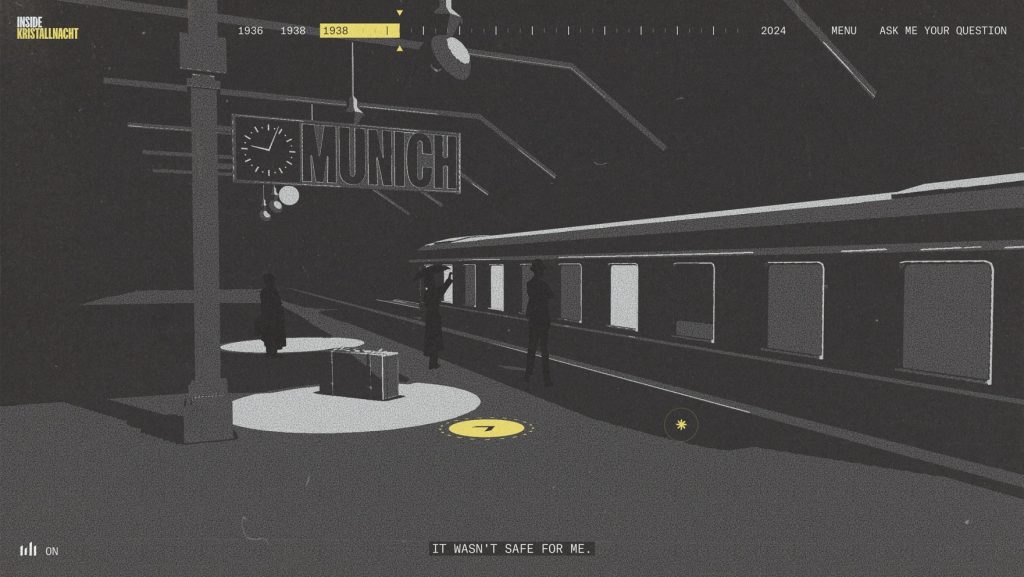
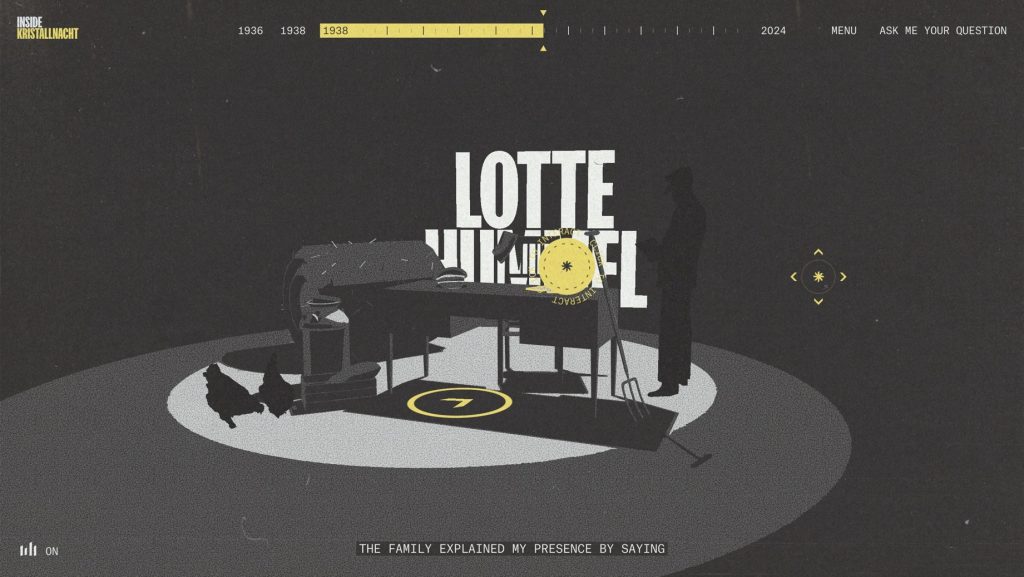
In a further interactive twist, there is the opportunity to chat with Knobloch at the end of the experience, via the ‘Ask Me Your Question’ button – a DIT tool featuring an API (application programming interface) developed by USC Shoah Foundation and integrated by makemepulse. Tapping into the Gen Z trend for active participation, the DIT tool allows users to ask specific questions – typed or spoken – which are answered by an AI-generated version of Knobloch, using natural language processing technology in which her prerecorded answers are matched with the questions.
A tale of hope as much as horror, Inside Kristallnacht is a pioneering example of using individual, interactive and immersive storytelling to connect with our history in new ways. More than a groundbreaking immersive experience, it is a bid to immortalise the memories of Holocaust survivors and keep their stories alive at a time when there is a real risk of them being forgotten.
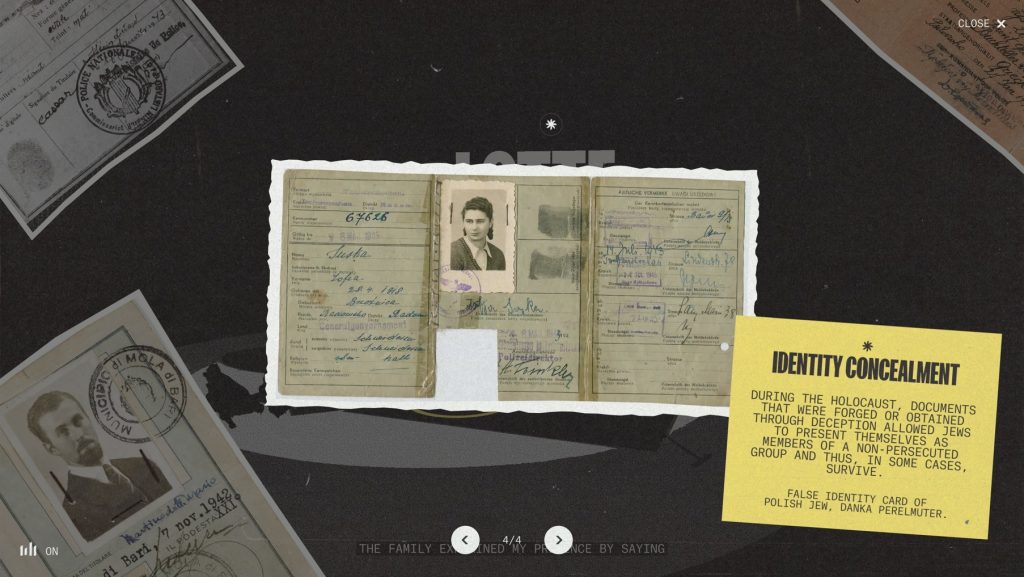
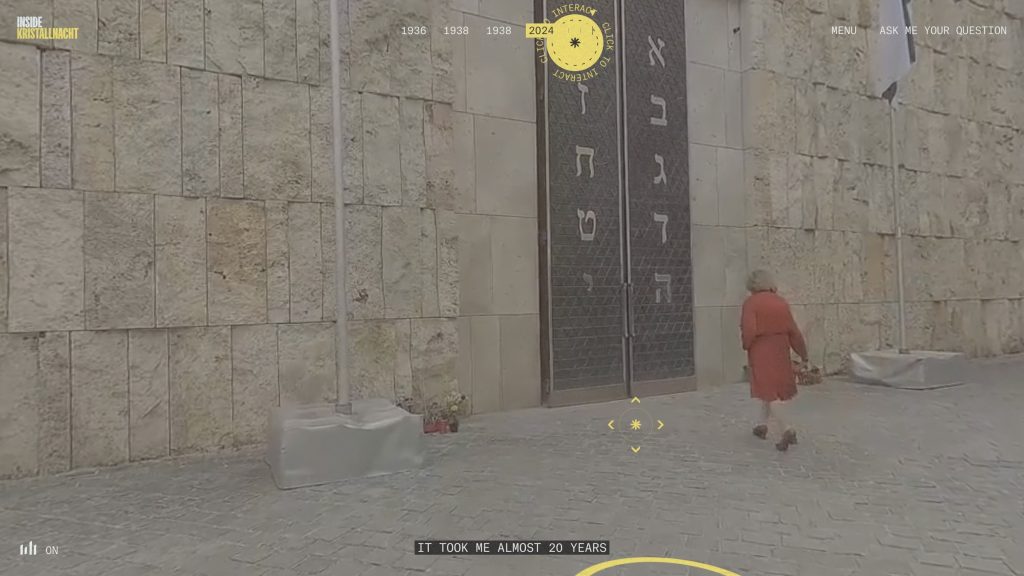
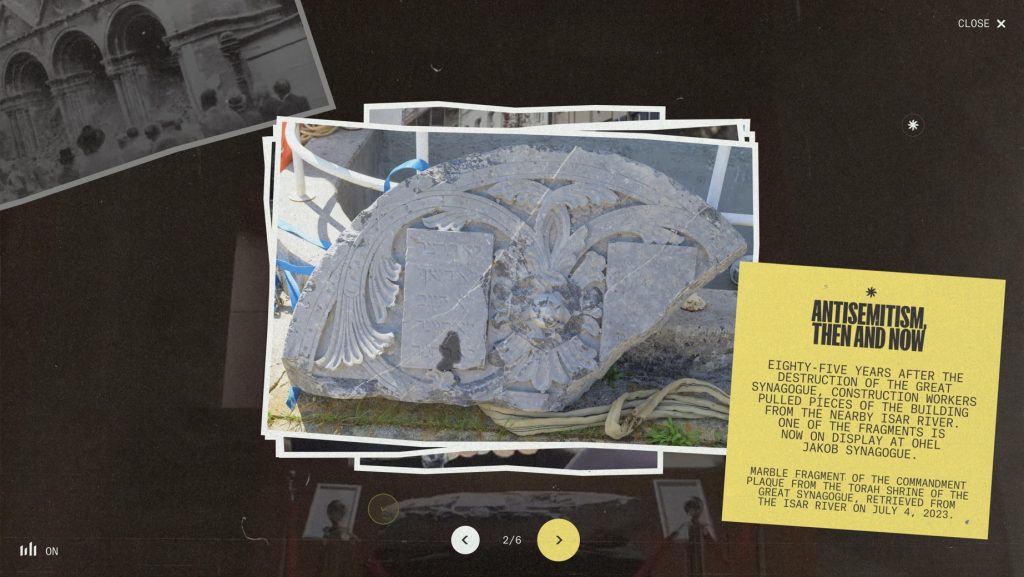
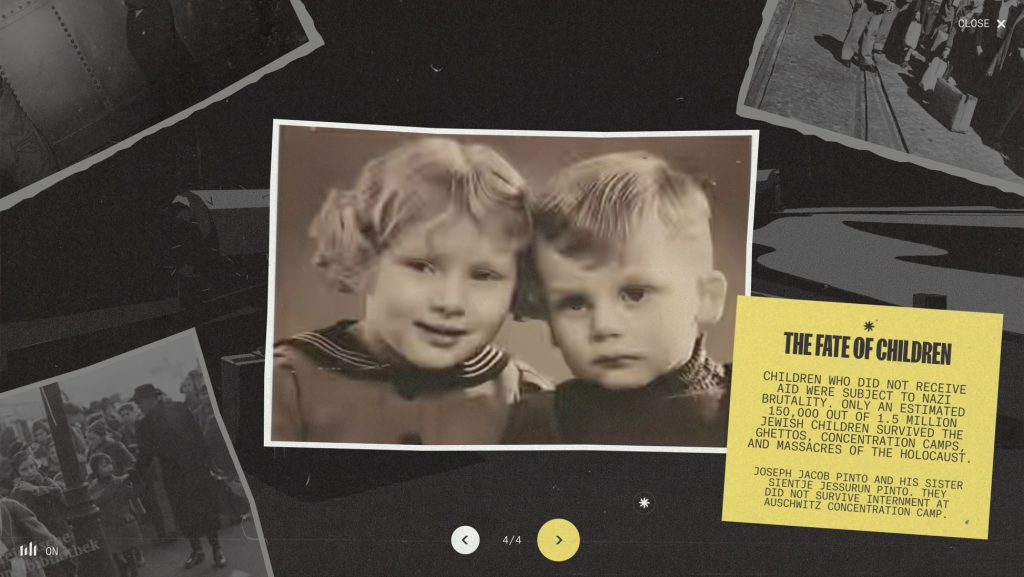
Inside Kristallnacht launches today with a series of events in the US and Germany. It is set to roll out in cultural and educational spaces across the US, Germany, UK, Austria, Israel and France as part of a wider education programme created by the Claims Commission, Unesco and Meta.
To access the experience on mobile or desktop, visit insidekristallnacht.org.
Dr. Charlotte Knobloch, Holocaust survivor and featured storyteller, said: “Being part of this high-tech experience gives me great pride. There are fewer survivors every year who can share their memories of the Holocaust and knowing that the lessons they have to share will last beyond any of us gives me hope for the future and makes me feel that those lessons will not be lost.”
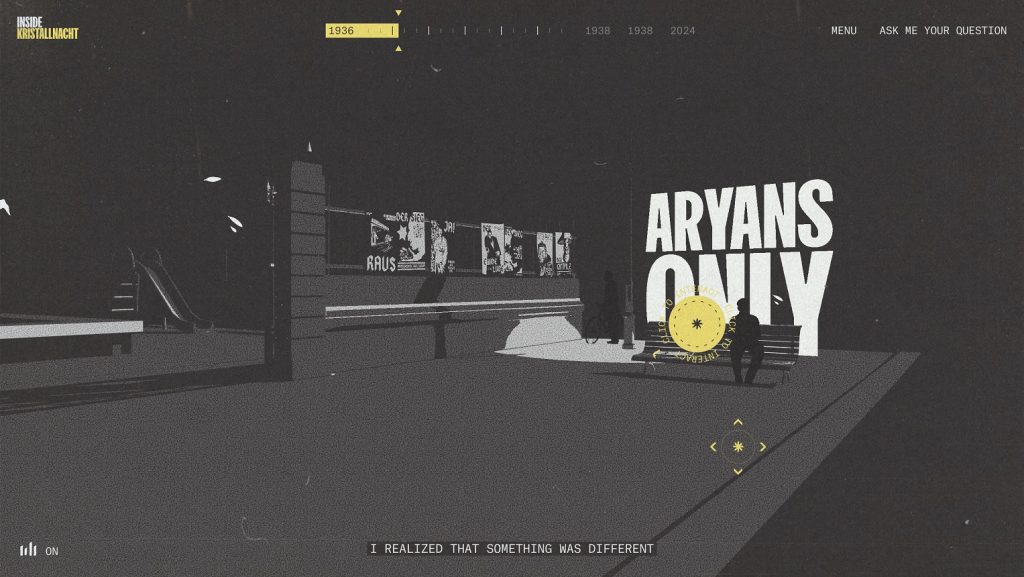
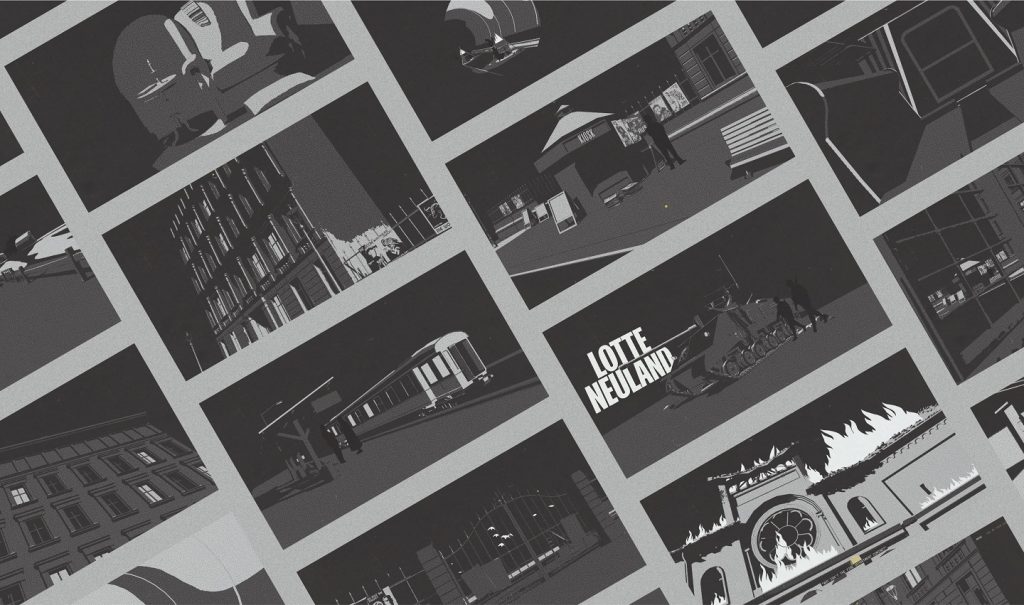
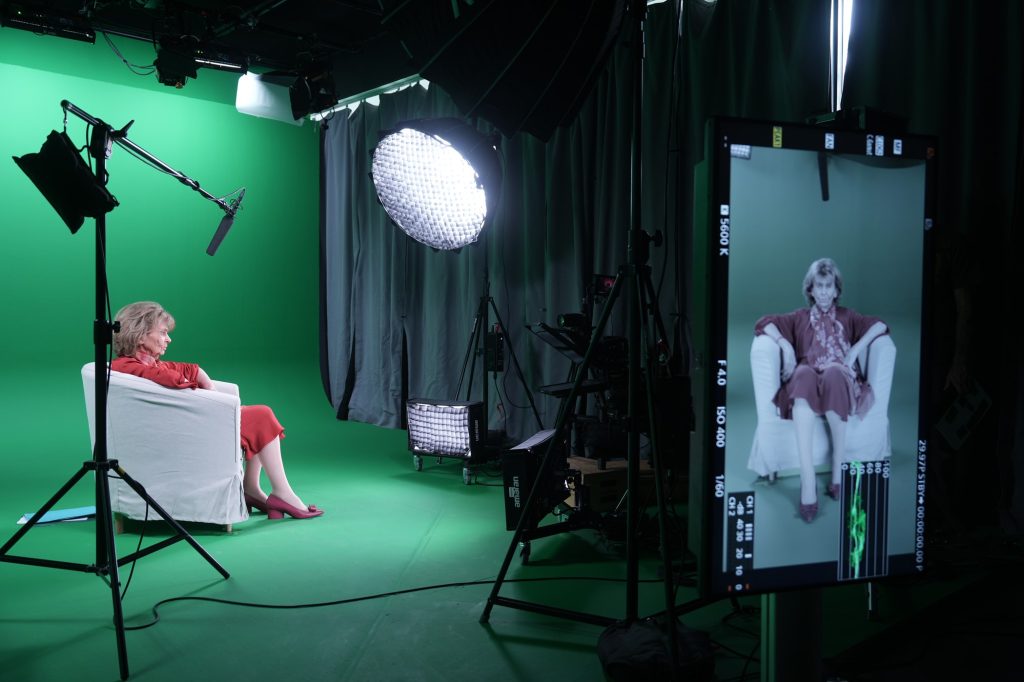
Gideon Taylor, President of the Claims Conference commented: “This level of technology isn’t just giving a powerful experience – it provides learning opportunities that can reach an audience in a very personal way. Allowing individuals to feel as though they are on the street in the aftermath of Kristallnacht enables them not just to learn about what happened at the onset of World War II but to understand it in a very immersive way. This is the kind of education we need to reach future generations who will be far removed from the experience of hearing the first-hand testimonies of survivors.”
Nicolas Rajabaly, Co-Founder & Chief Creative Officer, makemepulse added: “Inside Kristallnacht is a groundbreaking project that harnesses the power of XR to bring history to life. This isn’t just about recounting the past—it’s about forging deep, emotional connections with stories of survival and resilience. In a time when empathy and understanding are more critical than ever, this project stands as a powerful reminder of the human spirit’s endurance. Our team is deeply committed to exploring how cutting-edge technology can be a vehicle for storytelling to create experiences that not only preserve history but inspire future generations to learn from it.”
Inside Kristallnacht commissioned by, and with assistance from, the Conference on Jewish Material Claims Against Germany and supported by the German Federal Ministry of Finance and the Foundation Remembrance, Responsibility and Future.
Source: makemepulse

You must be logged in to post a comment Login